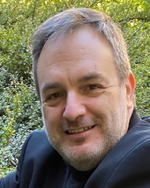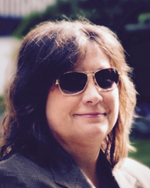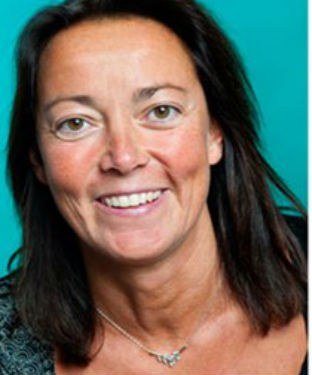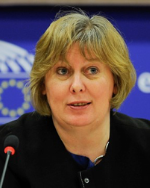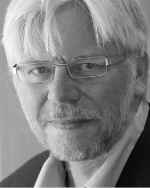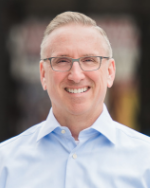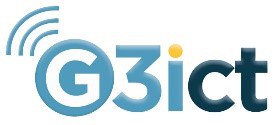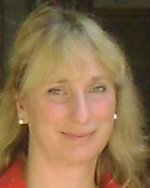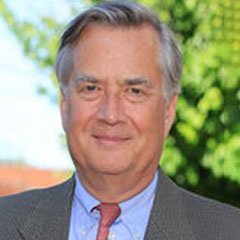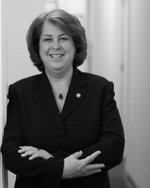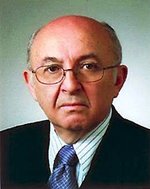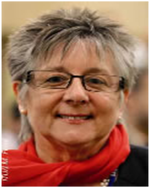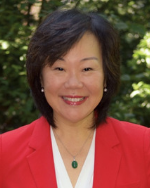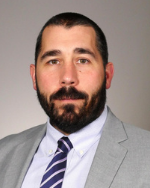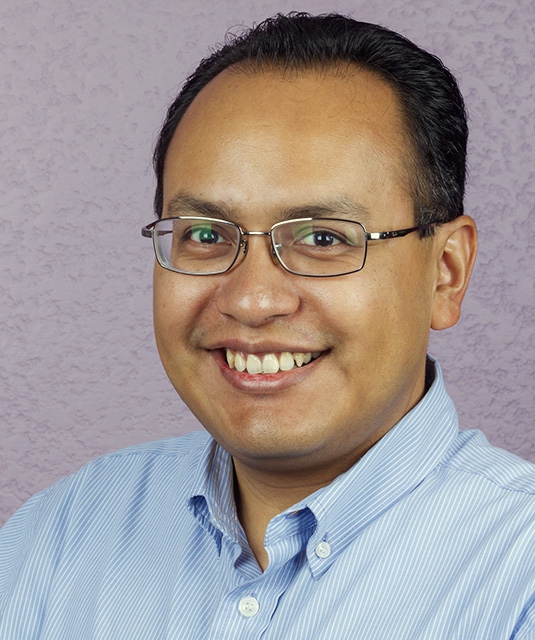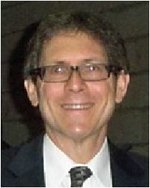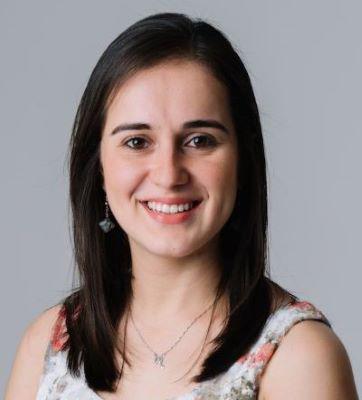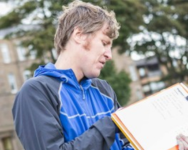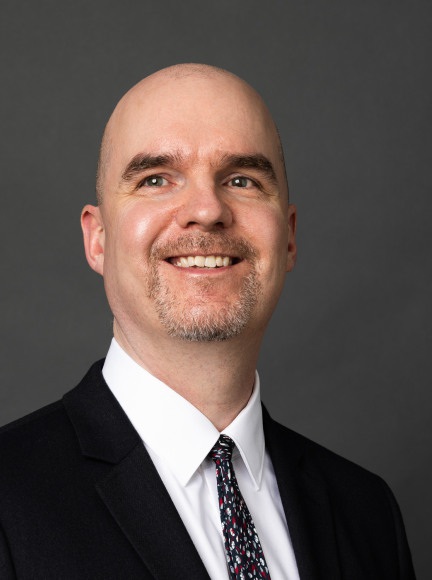A Reflection on the History of IAAP
Posted on December 27, 2018
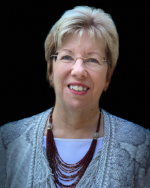
Member, Board of Trustees, G3ict and past Managing Director, IAAP
It is hard to believe that 2018 is behind us. For me, I look to 2019 with a great deal of excitement as it brings significant personal change with my retirement from the International Association of Accessibility Professionals (IAAP) and new role on the Board of Trustees of G3ict.
As I reflect back on my time working with IAAP, I think about the industry and how far it has come even just in the last five years since IAAP was founded in March 2014. I also think about how far IAAP has come. To put it in numbers, IAAP has over 1600 members which includes 112 organizational members and over 1000 certifications awarded. This is one indicator of a growing accessibility community, and it is exciting to see the number of individuals and organizations who are committed to accessibility and to being a part of a connected community.
I often get asked as to why IAAP was formed. To answer that, you need to look back to a few years before the launch when we conducted surveys and ran task forces to understand what the obstacles to success were for the professionals in the industry.
We heard two consistent messages from around the world. First, that there were not enough skilled professionals to do all the work that needed to be done. The good news was that accessibility was becoming a priority to more and more organizations. Whether it was being driven by legislation, lawsuit, market potential or community commitment, the need for individuals with the skills and resources to perform the accessibility work was huge.
Secondly, we heard concerns that there were people moving into the industry, “hanging their accessibility shingle out,” but who did not really know how to effectively implement accessible solutions. In an industry with a shortage of skilled professionals, we did not want organizations to make a commitment to accessibility only to find that they were given bad advice.
So a large group of individuals from across all private and public sectors came together to determine the best way to address those concerns. This group included people from accessibility consulting firms, large corporations, non-profits, disability organizations, educational institutions and government organizations. Many recommendations were made including that a professional association should be formed. Professional associations are a proven value to many different types of industries – think medical, privacy, human resources and many more. So creating a professional association for accessibility professionals was a logical next step.
IAAP was the result, and the certification, in particular, was identified as a top priority to 1) provide that skill building roadmap for new individuals joining the industry and 2) offer credentials for both new and experienced professionals demonstrating their achieved levels of knowledge. IAAP was also a platform for new and experienced professionals to help each other. It all goes back to that very strong message we heard prior to launching IAAP. The industry needed a professional society as a place for individuals to join, learn, and grow and for organizations to see that this industry has matured and they can make investments in this area with confidence.
IAAP, like any professional association, is about bringing together organizations or groups of individuals who share a common purpose or interest. It is not just about what the professional association can do for them but also what can they do for each other and what can they do together through an organized approach to help the industry as a whole.
Much has been accomplished but IAAP has the potential to contribute so much more in the future. I look forward to seeing the industry and IAAP grow. And I encourage everyone to be engaged with the association. As with any membership, you get what you put into it. Get involved as often as possible and you will reap the benefits offered to you as a member.


